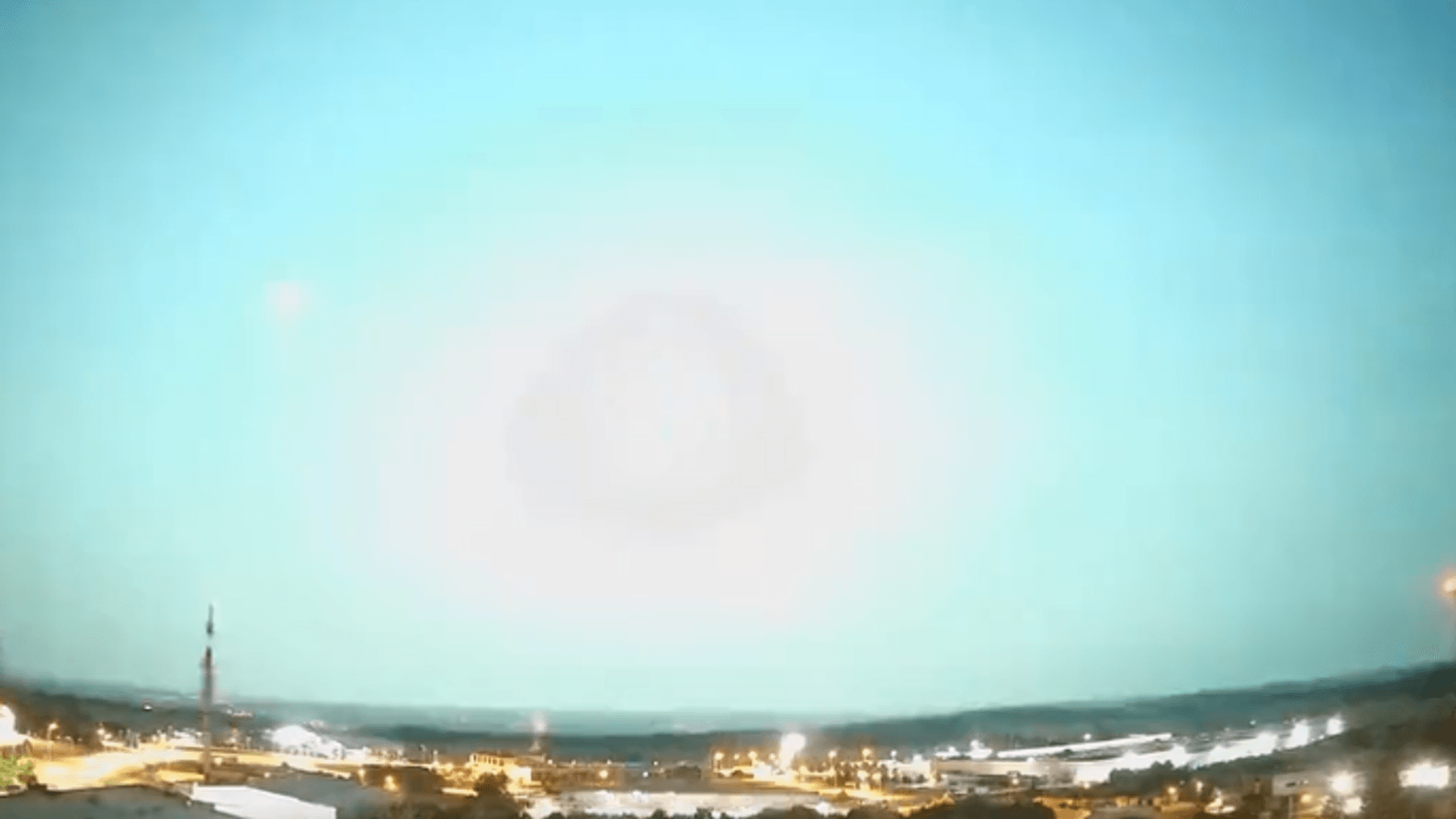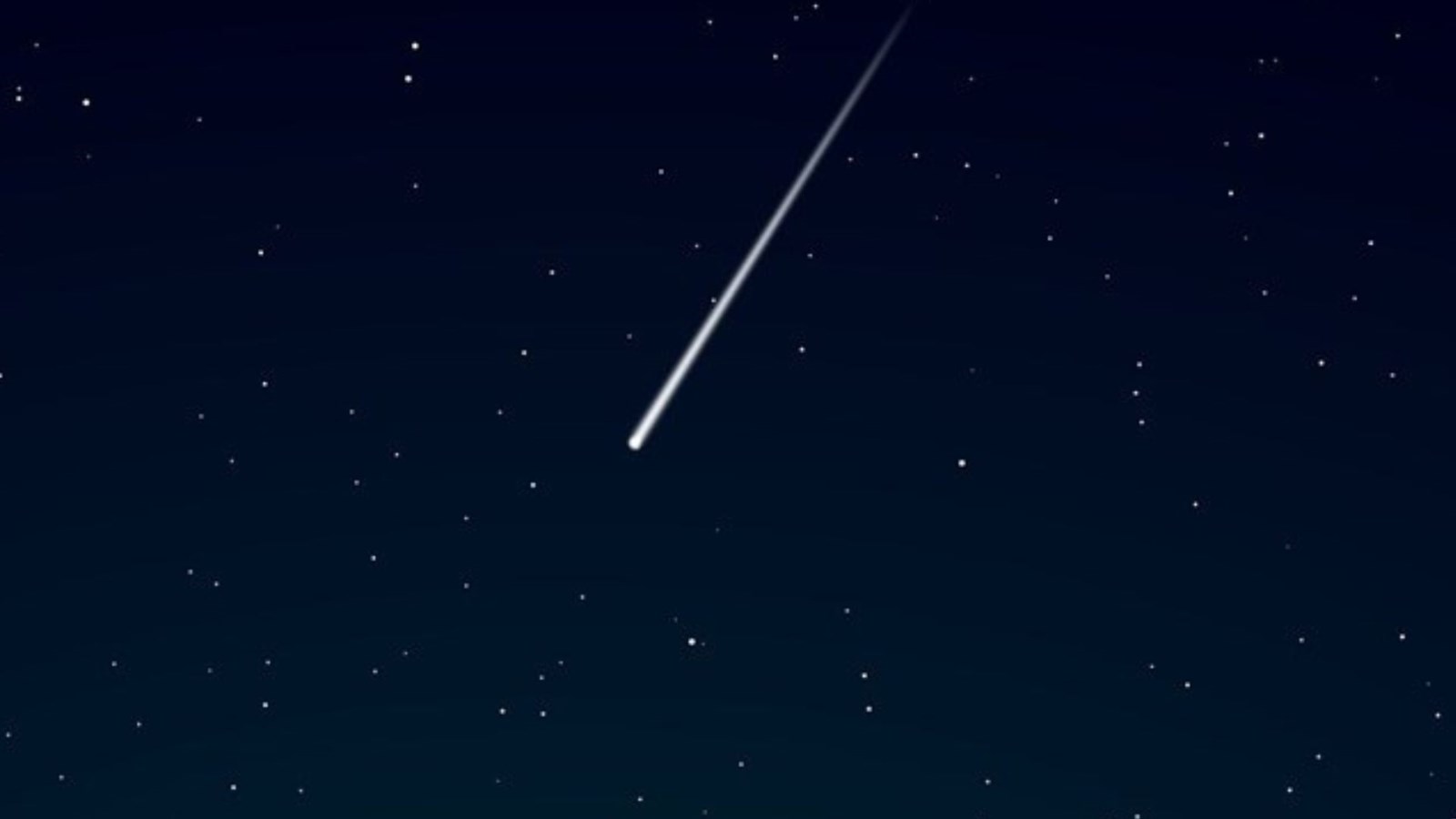Since
Pluto lost planet status in 2006 , the solar system has only had eight. However, nine years later, evidence was detected that there was a giant world much further away, which they named
Planet 9 , but its existence
could not be confirmed visually . Now, a new investigation by two Spanish astronomers has determined its possible location.
The presence of Planet 9 could explain the strange orbits of several small objects in the
Kuiper Belt , a region populated by asteroids and comets in the outer solar system. Based on mathematical models and computer simulations, this hypothetical world should have
a mass of between four and eight Earths and be 10 times farther from the sun than Pluto. At this distance, it would take more than 10,000 years to go around the star.
Being so far away, its extremely faint brightness would only make it visible to the most powerful telescopes. But it remained to know in what tiny part of the sky to search. Finding out was a daunting task. Until they found an opportunity.
A cosmic "messenger"
A few months ago, Harvard researchers
determined that a meteorite (
CNEOS14 ) that fell in the Pacific in 2014 was not a solar system object, since its speed of 60 kilometers per second indicates an interstellar origin. To confirm this hypothesis, they had to rule out that the object accelerated gravitationally as it passed one of the planets in our cosmic neighborhood.
"But, what if CNEOS14 had interacted with a planet not yet known during its journey through the solar system? This was the question we asked ourselves," say Héctor Socas-Navarro and Ignacio Trujillo Cabrera, both researchers at the Instituto de Astrofísica de Canarias. , in an article published in
The Conversation .
The first thing they did was draw the orbit that Planet 9 should have on
a map of the sky and then superimposed it with the trajectory of CNEOS14 before impacting Earth.
Being so far away, its extremely faint brightness would only make it visible to the most powerful telescopes. But it remained to know in what tiny part of the sky to search. Finding out was a daunting task. Until they found an opportunity.
Possible trajectory of Planet 9 in the sky. The red part indicates where you are most likely to find it. The ellipses mark the direction of origin of CNEOS14 (the blue one was calculated by the Spanish authors). Image: Socas-Navarro, 2023
"We found a
striking match between the origin of the meteorite and the region where simulations predict Planet 9 is most likely to be found," they said. "The probability that such a coincidence is the result of chance is about 1%."
Likewise, they detected statistical anomalies that make it highly unlikely that CNEOS14 comes from the interstellar medium.
These findings led them to consider CNEOS14 as a "messenger" that brings valuable information about the location of the mysterious world.
The possible location of Planet 9
Based on the trajectory and orbit information, the authors suggest that CNEOS14
may have been deflected towards Earth by a massive object like Planet 9 between 30 and 60 years ago .
"If the guess is correct, by tracing the trajectory of CNEOS14 back in time, we would find the location of Planet 9," they explained.
Using the available data, a
preliminary study signed by Socas-Navarro indicates that
Planet 9, if it exists, could be very close to the point where the constellations Aries, Taurus and Cetus meet .
Astronomers have already begun the search at the
Javalambre Observatory (Teruel, Spain), where an observation campaign is underway. "The task is still difficult and will require time and work, because the field to be scanned is still large and the object sought is very dark, but now it seems feasible," they said.






 ….
….

